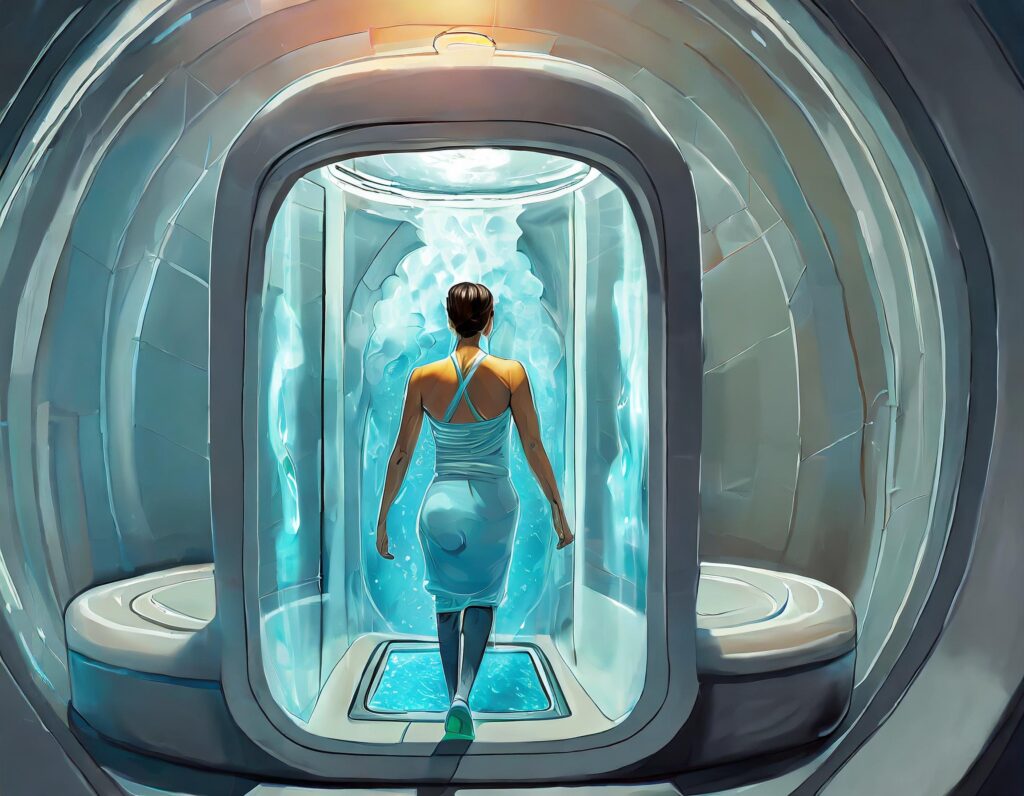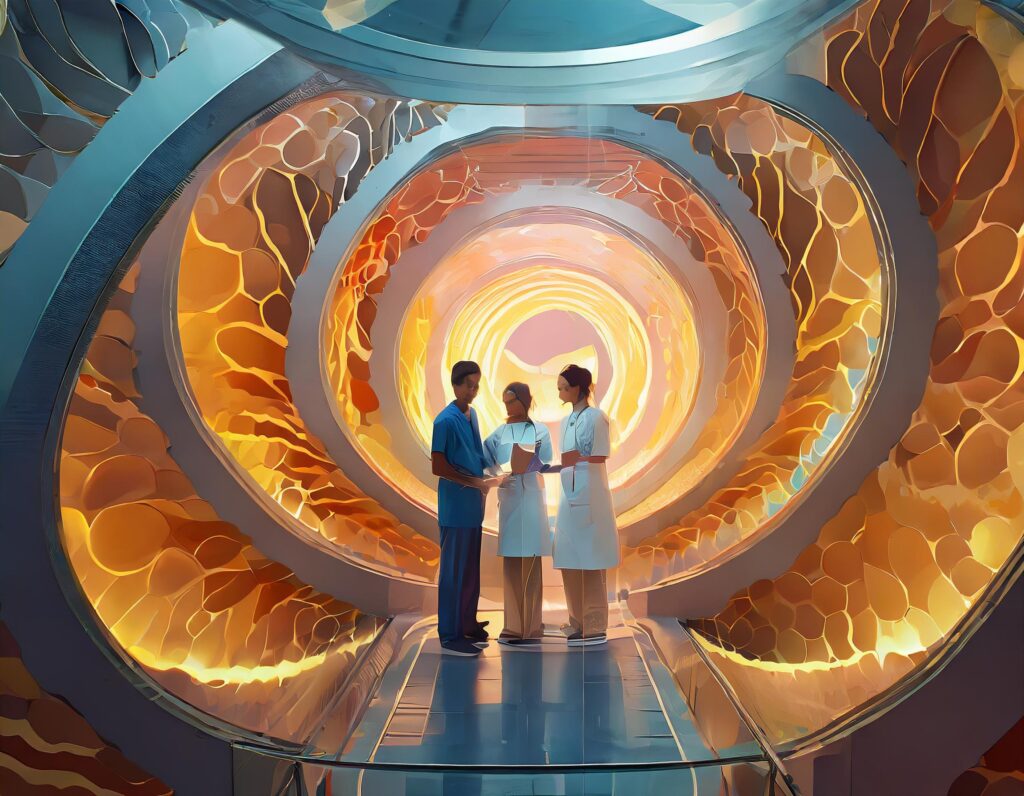Understanding Cryotherapy Side Effects: Risks, Prevention, & Safety Measures
Cryotherapy, a therapeutic technique that involves brief exposure to extremely cold temperatures, has gained popularity recently thanks to its wide range of benefits. Many people, including athletes and wellness enthusiasts, have shared positive experiences with cryotherapy. It has been celebrated as a versatile wellness tool to help ease chronic pain, enhance skin health, and accelerate injury recovery. But what are the side effects of cryotherapy treatments?
With any new and popular health and wellness treatment, it’s important to understand all the potential risks involved. Personal experiences and success with whole-body cryotherapy can vary widely based on individual health factors and how the therapy is administered.
Understanding the risks and benefits of cryotherapy is important in order to make an informed decision about adding this treatment to your health routine. Knowing the risks, recognizing the side effects, and following the safety measures associated with this treatment ensures that your cryotherapy experience is beneficial and safe.
Cryotherapy Side Effects
While undergoing cryotherapy, an individual might experience immediate side effects post-procedure. However, long-term side effects and complications can occur.
Mild Side Effects Post-Procedure:
- Numbness or tingling in the areas exposed to the cold
- Skin redness
- Irritation
- Allergic reactions (in rare cases)
Acute effects such as skin irritation, numbness, and temporary discomfort in the exposed areas are common side effects of cryotherapy treatment. These immediate effects are usually mild and temporary and subside shortly after the session. However, it’s important to be aware of them and understand that they are normal responses to cold exposure.
Serious Side Effects Post-Procedure:
- Frostbite
- Dizziness or fainting
- Changes in blood pressure
- Headache
- Nerve Damage (rare)
- Hypothermia (rare)
- Cryoglobulinemia (rare)
Although rare, more serious cryotherapy risks are also associated with this treatment. These include frostbite, permanent nerve damage, and, in extreme cases, hypothermia. An abrupt temperature drop can also lead to spikes in blood pressure, dizziness, or lightheadedness in certain individuals, which may exacerbate underlying health conditions. There have also been reports of cryoglobulinemia, a condition where cold exposure causes blood proteins to clump together, potentially leading to blood clots.
Often severe side effects of cryotherapy are connected to pre-existing health conditions, overdosing on sessions, or not adhering to recommended safety guidelines. Ensuring that sessions are properly monitored and that protective measures are in place can significantly reduce these risks.
The side effects experienced often exhibit variances based on individual differences such as overall health, age, and personal reaction to cold. This highlights the importance of consulting with a healthcare professional to assess your suitability for cryotherapy and tailor the treatment to your needs.
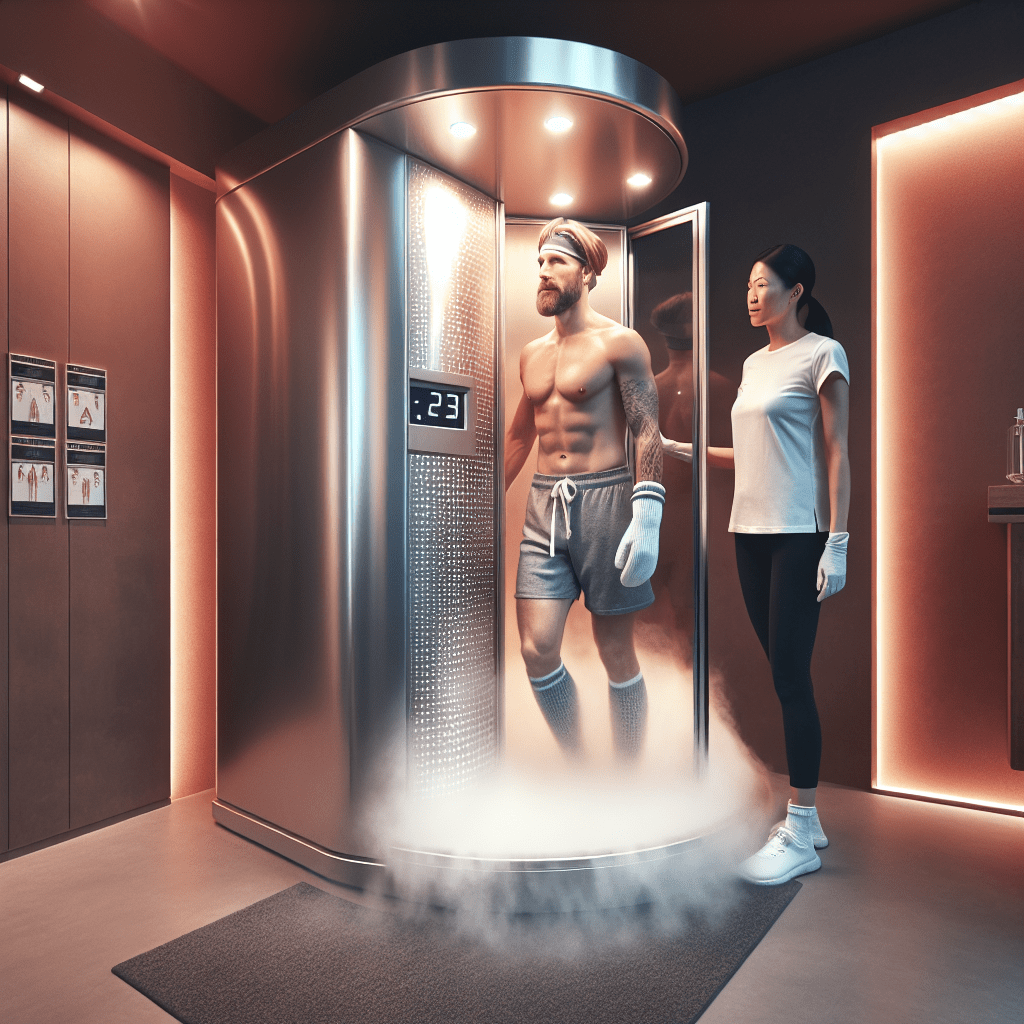
Who Should Avoid Cryotherapy
Certain individuals should approach this treatment with caution while others should avoid cryotherapy altogether. For example, people with cardiovascular conditions may be at risk, as the abrupt change in temperature of cryotherapy can cause sudden changes in blood pressure. Elderly individuals, particularly those with chronic health issues or poor circulation, may also be more vulnerable to the cold stress induced by cryotherapy.
Lifestyle factors can also influence how someone responds to cryotherapy. Regular smokers, heavy drinkers, or those on extreme diets may experience heightened negative effects from the cold exposure. It’s crucial for these individuals to consult with a healthcare provider before undergoing cryotherapy.
Clinical Evidence and Research on Cryotherapy Risks
While research on cryotherapy is ongoing, existing studies provide important insights into its risks. A report published in The British Journal of General Practice cited the case of a 15-year-old boy who experienced frostbite following a cryotherapy session. Additionally, a 2015 review in the Cochrane Database System Review found limited evidence to support the effectiveness of whole-body cryotherapy in preventing muscle soreness after exercise. However, the review and case study highlights potential cryotherapy side effects such as frostbite, numbness, and skin burns.
Similarly, a study published in Complementary Therapies in Medicine provided preliminary evidence that whole-body cryotherapy could be beneficial for mental health, particularly in alleviating symptoms of depression. However, the study also acknowledged the risks, underscoring the need for careful consideration before starting cryotherapy.
Cryotherapy complications often connect to specific factors, such as pre-existing health conditions, inappropriate administration of the therapy, overexposure to cold temperatures, and the inadequacy of protective equipment. Some experts in science and medicine have expressed concerns about the growing popularity of cryotherapy, citing the potential for serious complications when not administered properly.
While research continues to dive into understanding the full spectrum of cryotherapy health benefits, any cryotherapy treatment or routine should be approached with caution. It is essential to weigh the potential benefits against the known risks. Always seek professional advice beforehand.
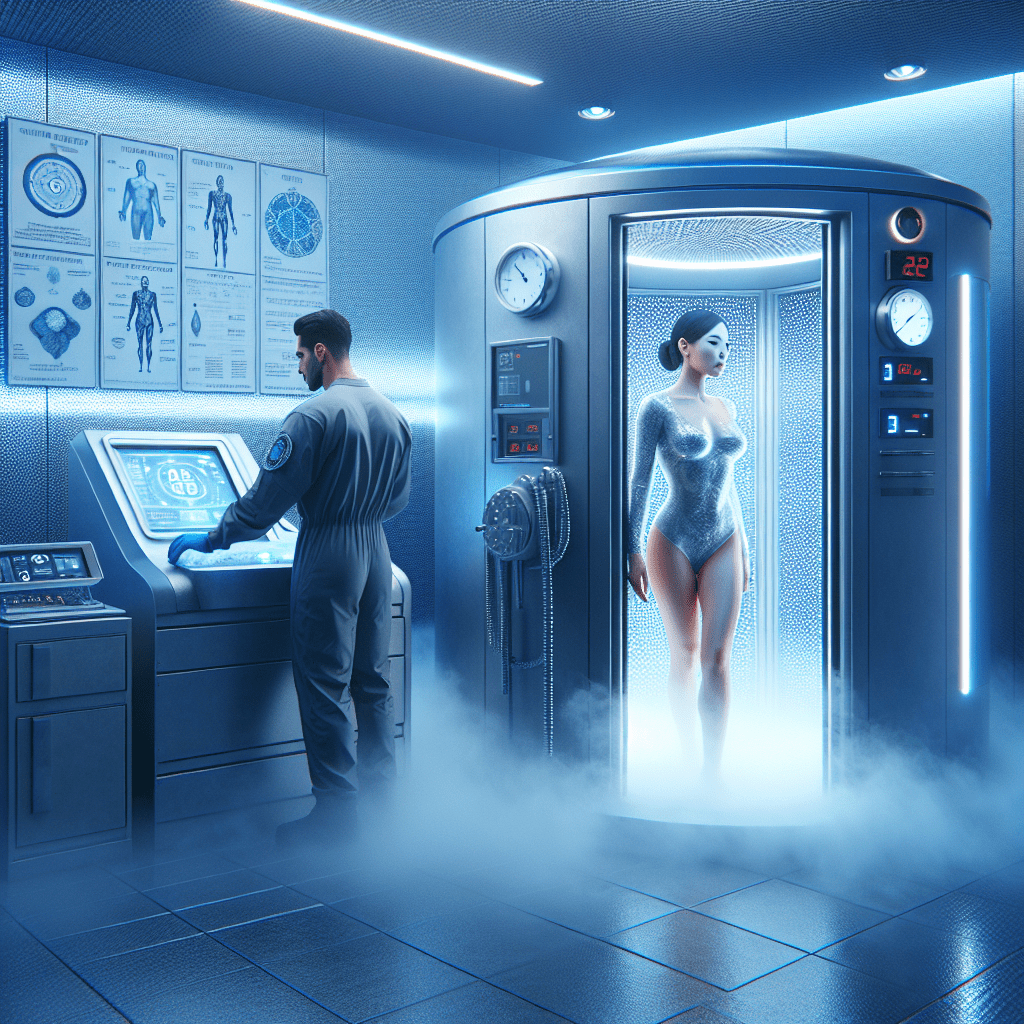
Prevention and Safety Measures
Being aware of the potential cryotherapy side effects is the first step in minimizing risks. Adopting preventive measures and staying alert can help significantly minimize the negative outcomes of cryotherapy.
Here are some key safety measures to follow:
Before Your Session
- Consult with your healthcare provider to discuss your health conditions, medications, and lifestyle.
- Discuss the risks and benefits of whole body cryotherapy sessions with your medical professionals.
- Work with a professional to tailor the treatments to your specific needs.
During the Cryotherapy Session
- Follow the guidelines provided by the professional.
- Wear protective equipment like ear muffs, gloves, and slippers.
- Remove all metal from your body, including jewelry and clothing with metal features.
- Ensure you are completely dry, and don’t use oils or lotions on your skin before your session, as moisture can cause frostbite.
- Keep the session to the recommended length—typically no more than three minutes.
After the Session
- Monitor your body for any unusual reactions, such as prolonged numbness or severe skin irritation.
- Stay hydrated and eat a well-balanced meal to aid in the recovery of muscles and lost energy.
- Apply gentle skincare to soothe any redness or irritation and rehydrate the skin.
- Do some light exercise to get your blood flowing, but don’t overexert yourself.
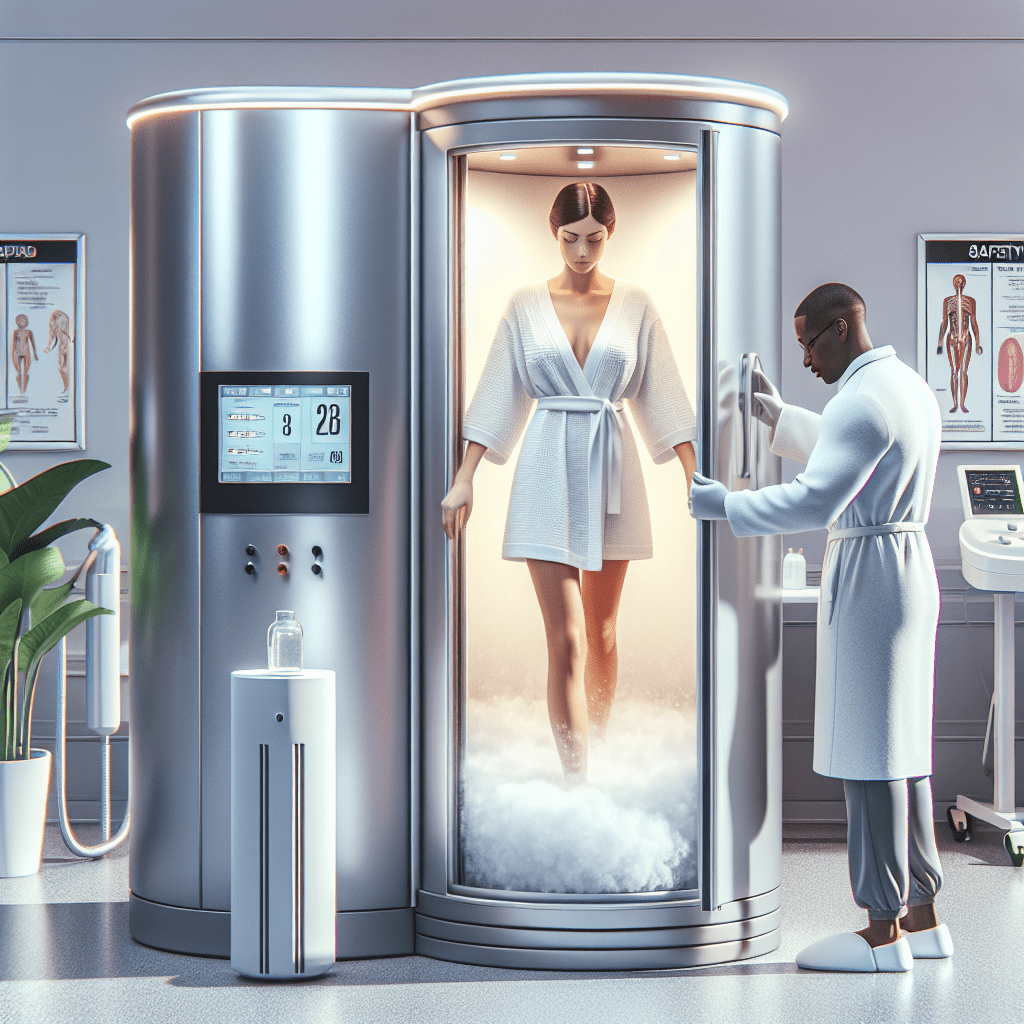
Using Cryotherapy Treatments
To ensure a safe cryotherapy experience, always choose a certified clinic with trained professionals. Remember, even in a controlled setting, severe reactions can occur. Be aware of your body’s reactions and if severe side effects occur, stop the treatment immediately and seek medical assistance.
While home cryotherapy devices are available, overall safety should not be overlooked. Remember most of the severe reactions from whole body cryotherapy reported come from misused equipment or incorrectly administered treatment. It is vital to weigh all the risks of in-home cryotherapy devices before purchasing or using them.
Whether you choose to visit a clinic or use an at-home device, It’s crucial to follow all safety instructions, including wearing protective clothing and limiting exposure time. Always have another person nearby during your treatments. Also, familiarize yourself with first aid, especially as it relates to frostbite as it could be lifesaving.
Navigating Cryotherapy Safely
Cryotherapy offers potential benefits, from pain relief to improved athletic recovery, but it’s important to approach it with a well-informed mindset. By understanding the possible cryotherapy side effects, consulting with professionals, and adhering to safety measures, you can enjoy the advantages of cryotherapy while minimizing risks.
Remember, your health and safety should always come first. When considering cryotherapy, take the time to assess your personal health needs and ensure that any treatment aligns with your overall wellness goals. Don’t let avoidable side effects keep you from achieving your holistic health and wellness goals.

